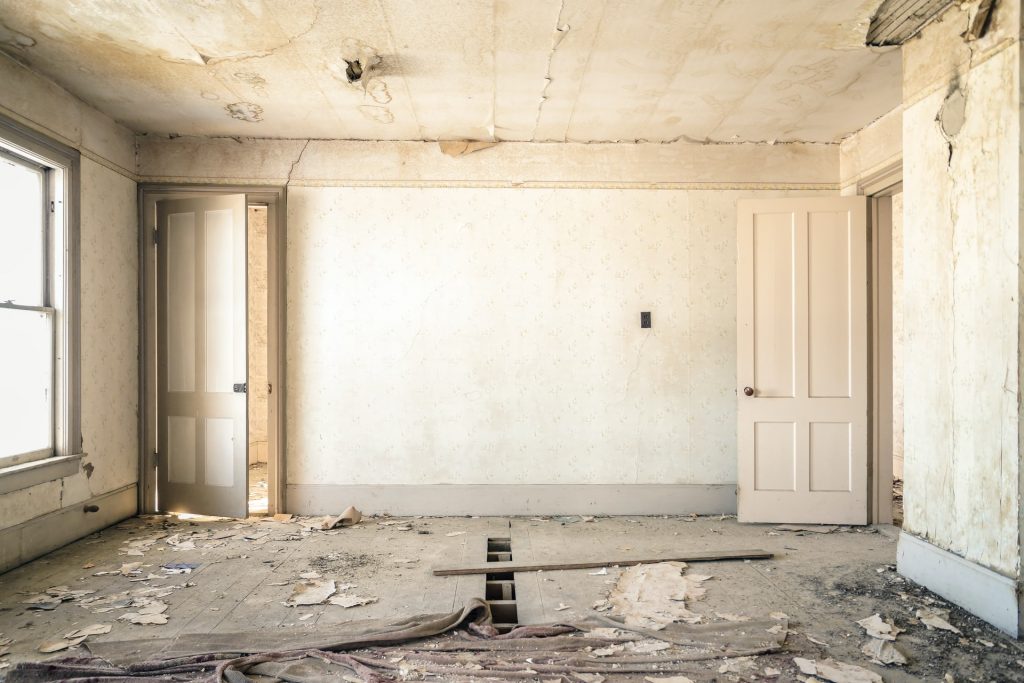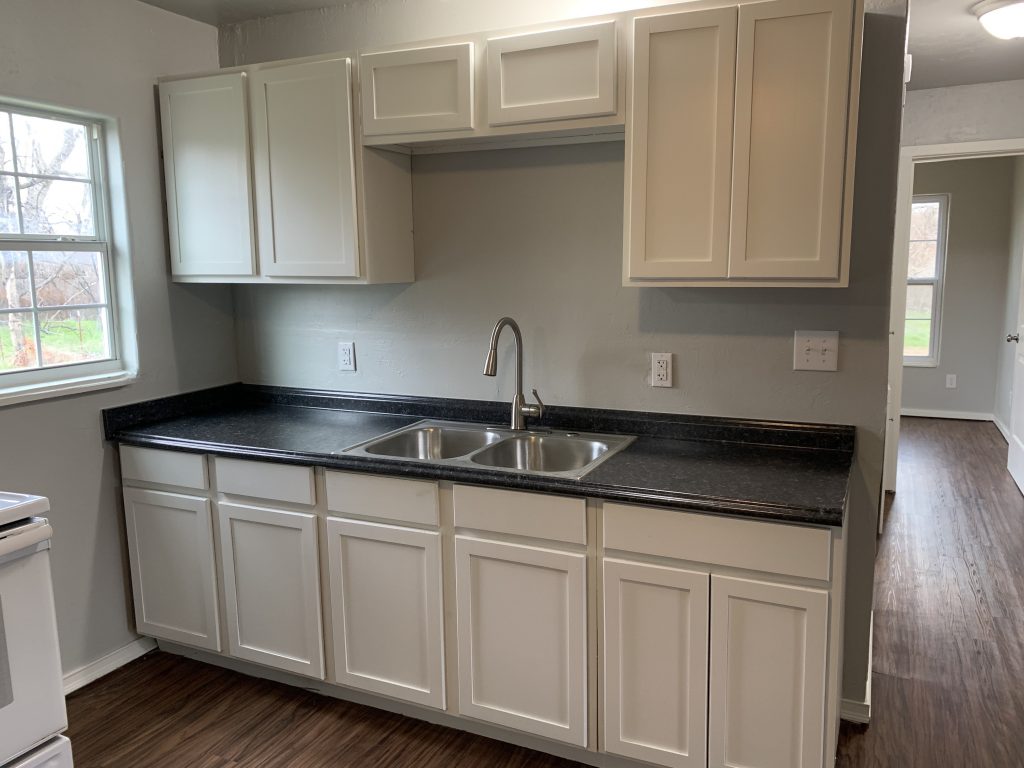
Renovations Part 1: Determining Your Budget and Scope
Renovating a property probably causes the most anxiety when investing in real estate. A lot rides on the results: will the changes maximize rent, minimize maintenance and draw a quality tenant?
Many things can go sideways as the best way to make money on a property is to force appreciation. Generally, that means finding a run down house or building that has a lot of unknowns that may only be revealed once you’ve opened a wall (mold, electrical or plumbing not up to code, etc) or done significant demolition.
On top of that, you want to make sure you’re not overpaying for renovations or spending too much on finishes that don’t actually add value. These situations are much easier to navigate and mitigate than unknown issues in a property.
This is the first post outlining the process of determining your renovation scope and budget for the project. The second will talk about the bidding and contracting process. The last will discuss managing the renovation and payment process.
Know your Parameters
In order to know how much you should spend on a renovation, the very first piece is figuring out what your investment goals are. A lot of numbers go into a deal analysis and free calculators exist to help compute deals, determine your mortgage and figure out what your rent range is going to be.
This post will not touch on what makes a good deal, but how the deal analysis can tell you what you’re able to spend on the project and still make money. You have to decide which metric will be the one that is your make or break. Will it be cash-on-cash return? Capitalization Rate? Return on investment (ROI)?
Then you can plug in the cost of a potential renovation to know what the limit will be so you can maintain the profit you are looking for, or see how flexible you are willing to be with the level of profit you wish to attain.
For example, say you are looking at property that is expected to cost $50,000 (closing costs, agent fees etc. included). Your metric of choice is COC return with a target of a minimum of 10 percent.
COC = Annual Pre-Tax Cashflow/Money Invested
To keep things simple, let’s say your analysis indicates that the property will cash flow $7,500 annually. This would mean that the $50,000 purchase price would leave you about $25,000 for a renovation budget. That is the maximum amount you could spend to still meet your 10 percent COC target.
This $25,000 is a number you keep close to the vest and do not share it with any contractors that you ask to walk the property or for bids. The goal is to maximize your COC and you will be able to if you can find a way to spend the least amount of money on renovations to generate the maximum rents and minimize your future maintenance.
Know your Comps

Once you know what you can spend to stay within your desired metric, then you can look at what you are actually going to spend your money on. The best resources to determine what’s needed are:
- Experienced real estate agent familiar with the area and comparable rental rates
- Experienced property manager to tell you the types of finishes and what work is needed for him or her to achieve the highest rental rates
- Contractor you trust to provide a high level estimate of work
These three resources can help you cross reference the anticipated scope of work and prioritize renovations. It also can prevent you from overspending on finishes if laminate flooring is typical in your rental area instead of hardwood floors. Or if plastic laminate is what tenants expect for their kitchen countertops instead granite.
You can do your own research by looking at popular real estate web sites like Zillow or Redfin and browsing pictures of properties in the area that are in a similar price range.
Numerous books and resources will also tell you about the power of a fresh coat of paint and new outlet and switch covers. Any kind of refresh will go a long way to drive tenant demand and generally does not cost a lot of money. Different strategies also call for different types of renovations. In general, I look for the items that are required to make a property safe to live in and protect my tenants and investment from damage like faulty electrical, bad plumbing, etc. Then after that, I juggle the priorities of minimizing maintenance headaches and performing work that will maximize the rent I can earn on the finished product.
If you choose the BRRRR method, you will want to force the highest amount of appreciation and may be able to finance most of your construction costs. It’s advised to replace as much of the property’s systems as needed to also minimize maintenance. The point is to prevent any cost post-renovation that will eat into your cash flow and prevent you from both covering your mortgage and making some profit. The idea is that if everything is replaced and new, you should have a minimum of 10 to 15 years before you need to pour significant money back in for major improvements.
If you’re looking to do a fix and flip, you may focus on fancier finishes or renovations to wow a potential buyer like upgrading a whole kitchen with new appliances, a kitchen island etc, or adding an ensuite bathroom to the master bedroom.
Knowing your strategy from the metrics to the future plans of your property purchase are key in making decisions about how much to spend and what to spend it on when it comes to determining your construction budget and scope.
Part 2 of this series will focus on soliciting bids and the contract process for the general contractor or different trade teams to complete your renovation.
GET BUDGET AND SCOPE SMART
- BiggerPockets: Real Estate Investment Calculators
- Investopedia Definitions: Cash on Cash Return, Capitalization Rate and Return on investment (ROI)